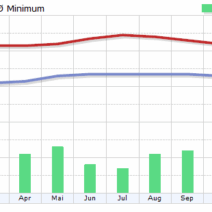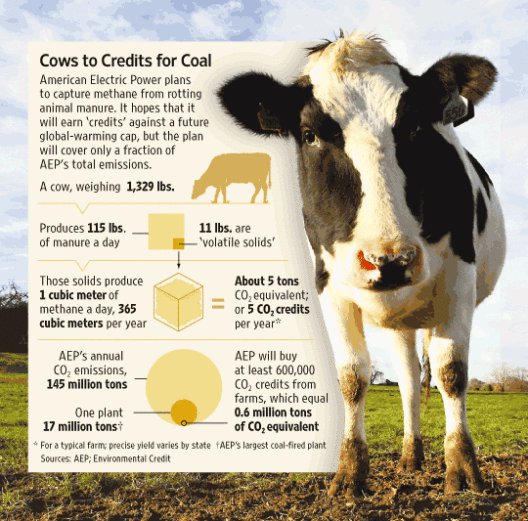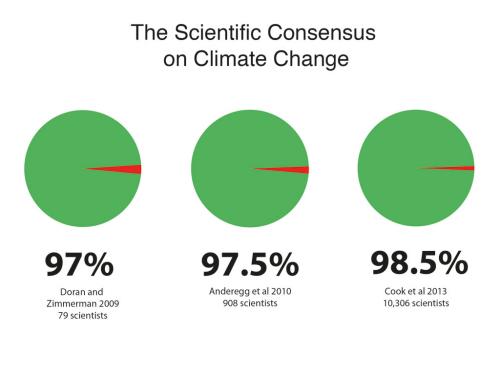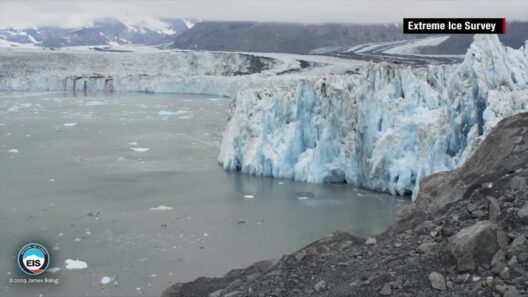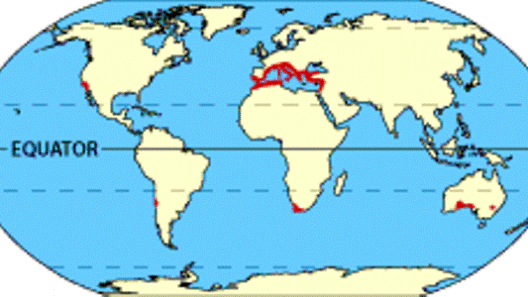In an era where climate change dominates headlines and environmental discourse, one cannot help but ponder: Does burning fossil fuels still drive global warming? This simple yet profound question beckons a multitude of considerations, as the intricate interplay between human activity, atmospheric chemistry, and climate dynamics continues to evolve.
To comprehend the essence of this inquiry, we must first unpack the mechanics of fossil fuel combustion. Fossil fuels, namely coal, oil, and natural gas, are primarily composed of carbon. When these fuels are burned for energy, they release carbon dioxide (CO₂) and other greenhouse gases into the atmosphere. These gases trap heat, creating a greenhouse effect that contributes to rising global temperatures. This fundamental process has not abated; in fact, it illustrates the crux of our challenge.
At the heart of the matter lies the undeniable fact that anthropogenic emissions remain a principal contributor to global warming. Despite advances in renewable energy technologies and a gradual shift towards decarbonization, the reliance on fossil fuels for energy production remains staggering. A significant percentage of the world’s electricity and heat still comes from coal and natural gas, implicating these resources directly in ongoing climate change. The International Energy Agency (IEA) reported that global CO₂ emissions from fossil fuels reached new highs in recent years, underscoring a persistent reliance that belies any claims of decisive progress.
But what if we could flip the narrative? What if there exists a paradox where certain actions could mitigate the damage inflicted by fossil fuels while still utilizing them? This question poses a significant challenge as we investigate pathways towards a more sustainable future.
To explore this potential, we must consider the concept of carbon capture and storage (CCS). This innovative approach aims to capture CO₂ emissions produced from fossil fuel use and securely store it underground. While CCS technology holds promise, scaling it to a level where it can significantly alter the trajectory of global emissions presents formidable obstacles. The challenges include technological viability, economic feasibility, and public acceptance. Nonetheless, as a temporary bridge while transitioning to cleaner energy sources, CCS may reduce the impact of fossil fuel consumption.
Equally captivating is the role of policy and regulatory frameworks in shaping the fossil fuel landscape. Countries and regions vary widely in their commitment to reducing carbon footprints through legislation. Nations that invest in stringent emissions regulations or incentivize renewable energy adoption not only mitigate the environmental impact but also catalyze an economic transformation. In contrast, nations that resist such measures continue to exacerbate the global warming crisis, raising an important question: Can collective action mobilize the global community to heal the planet, or are we perpetually trapped in a cycle of fossil fuel dependency?
Transitioning towards renewable energy sources presents another layer of complexity in the discourse surrounding fossil fuels and climate change. Solar, wind, hydro, and geothermal energy are garnering attention as feasible alternatives with vastly lower carbon footprints. However, the transition is fraught with challenges including resource availability, technology readiness, and infrastructural investments. Indeed, while renewable energy utilization is on the rise, fossil fuels remain integral to energy systems worldwide, revealing the sluggish pace of change in energy dynamics.
As we delve deeper into the consequences of continued fossil fuel consumption, we must confront the alarming reality of climate feedback loops. These unpredictable phenomena—such as melting ice caps, rising sea levels, and intensified weather events—exacerbate global warming and disrupt ecosystems. For instance, permafrost thawing releases vast amounts of methane, a potent greenhouse gas, further amplifying the greenhouse effect. Such feedback loops accentuate the urgency of addressing fossil fuel emissions in an integrated fashion rather than in isolation.
Moreover, the sociopolitical implications of fossil fuel use cannot be overlooked. Energy dependence manifests as both geopolitical power struggles and socio-economic inequities. Developing nations that rely heavily on fossil fuel exports face existential challenges as international climate agreements press for reductions in emissions. These countries often engage in a delicate balancing act of economic stability against climate responsibility. Therefore, the question looms larger: Can global equity be achieved while mitigating the harmful effects of fossil fuel consumption?
As we explore potential solutions, innovative strategies emerge that blend technology with traditional practices. Agroecological practices, for instance, are increasingly recognized for their ability to integrate sustainable farming techniques with local histories. By reducing energy inputs in agriculture, these practices aim to diminish fossil fuel dependence and enhance ecosystem resilience. Such holistic approaches could form a cornerstone of a climate strategy that acknowledges the interconnectedness of energy use, food security, and environmental health.
In conclusion, the query of whether burning fossil fuels still drives global warming cannot simply be answered with a resounding yes or no. Instead, it invites a collective reflection on our energy choices. While the combustion of fossil fuels continues to be a primary driver of climate change, earnest endeavors toward innovation, policy reform, and sustainable practices may pave the way for a brighter, carbon-neutral future. As the stakes grow higher, society must galvanize to embrace alternatives that not only preserve our planet but also engender a sustainable legacy for generations to come.


